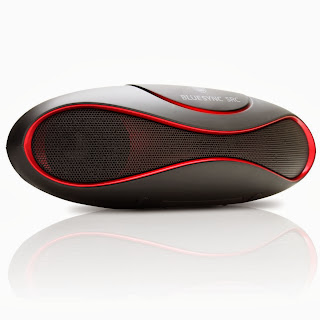Week 4: I can walk...because of art.
I have had two complete knee reconstructive surgeries. One was at the age of sixteen and the second at twenty. The procedure is called a Tibial Tubercle Transfer with Lateral Release. Basically, I was born with a bone malalignment and diagnosed with a "winking patella"(HealthStatus). I could probably talk for hours about how these surgeries changes my life, how I am doing now, and where I will be with this genetic condition in twenty years. However, I would like to take a step back and remember the first time I heard my diagnosis and the process I went through to get there.
These are the x-rays I had taken before my second surgery on my right knee. You can see in the photo above the huge gap between my kneecap and femur on my right knee, but not on the left. Perhaps it takes more of a trained eye, but you can see in the photo on the left not only my titanium screws, but a very rotated right patella.
I have always pushed out the memories I had regarding the hurdles and decisions I had to make before deciding to go through the surgery process. I remember feeling very overwhelmed waiting for my MRI results. I think Casini describes the feeling accurately when he references Nancy's argument stating, "Every image is in some way a 'portrait', not in that it would reproduce the traits of a person, but in that it pulls an draws...in that it extracts something, an intimacy" (Casini 26). It is fascinating to me that after all these years, someone has finally summarized in one sentence the strange feeling of awe that overcame me when I was looking at my MRI images and heard the doctor's diagnosis for the first time.
Without the meticulous work of researchers, artists, and scientists through out the years, I would have never been able to have my surgeries to correct my problem. So shortly after 1989 when the Visible Human Project began (Lecture 1), I was being sliced open on a surgery slab being carefully reconstructed thanks to the detailed artistically in depth projects that had been published ten plus years ago. I have never thought to call my surgeon an artist, but today I think I would consider him that. I think people naturally push aside someone who uses such high-tech equipment and tools as not being an artist (Lecture 2), but everyone forgets that a paint brush is a tool, as well as a tattoo gun, sculpting chisel, and fettling knives. It takes a skilled eye and a steady hand to be a surgeon and I feel this is how you could describe an artist as well.
Artists are all around us. Though they may use tools that are widely unfamiliar to the general public, we should not ignore the countless hours of practice and mastery that a surgeon endures. "Just like with an artist, surgeons reinforce and practice this mastery to constantly improve and fine-tune the skill" (Hyer). I would definitely not be the person I am today without my surgeon sharing his skills and knowledge with me.
References
Casini, Silvia. "Magnetic Resonance Imaging (MRI) as Mirror and Portrait: MRI Configurations between Science and the Arts". PDF. Accessed 24 Oct 2013.
Hyer, Christopher. When the Science of Surgery Becomes an Art. Podiatry Today. HMP Communications. 2013. Web. 24 Oct 2013.
HealthStatus. Miserable Malalignment Syndrome. 2013. Web. 24 Oct 2013.
UNSWTV. The Art of Surgery. 6 Nov 2008. YouTube. 24 Oct 2013.
Vesna, Victoria. Lecture 1. 2013. Online video clip. YouTube. 24 Oct 2013.
Vesna, Victoria. Lecture 2. 2013. Online video clip. YouTube. 24 Oct 2013.


